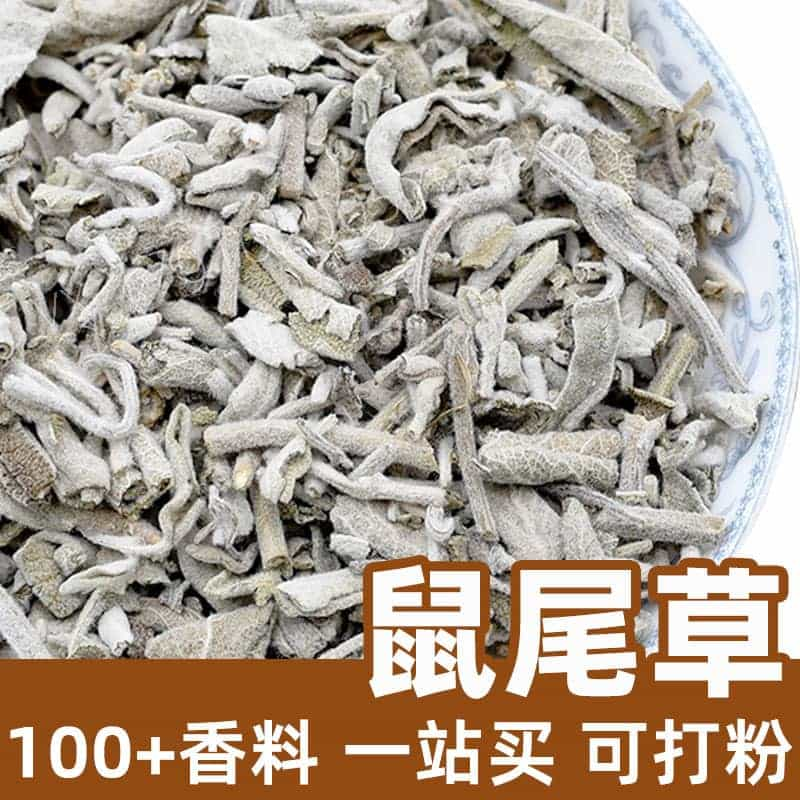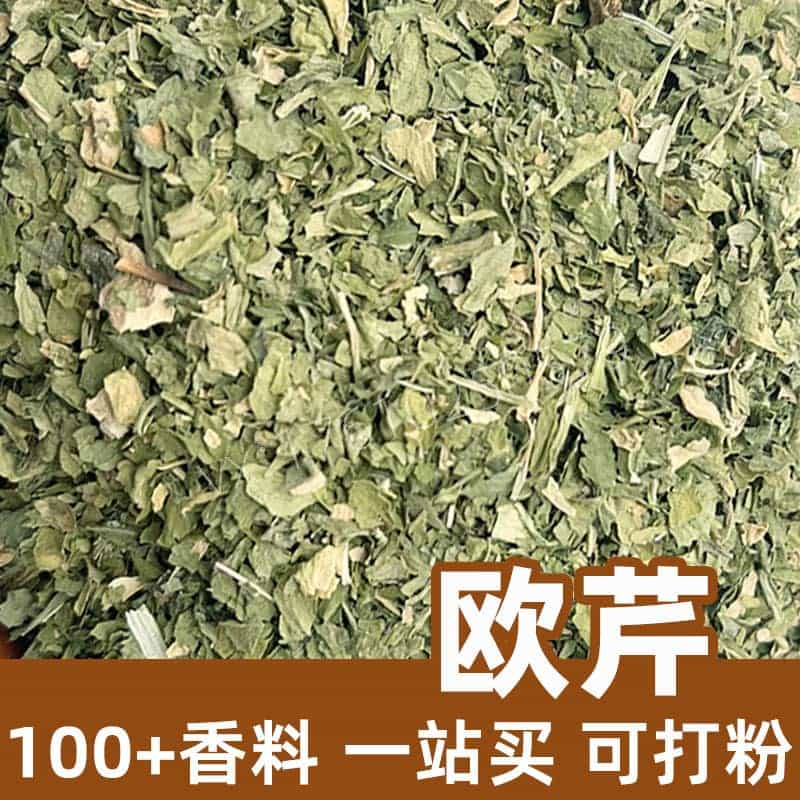Product Introduction
Cardamom is a popular spice widely used in foods, beverages, and perfumes. It is a perennial herb with long, slender leaves and fragrant flowers. The fruit is a triangular capsule with a green or yellow-green exterior.
The spice is derived from the fruit, which is the most essential part of the cardamom plant. Cardamom has a rich aroma and a distinct flavor, adding a unique taste to foods and drinks.
Cardamom contains volatile oils, coumarins, flavonoids, and other compounds, which give it its unique scent and pharmacological activity.
Aromatic Chemical Components
The aroma of cardamom mainly comes from its volatile oils, coumarins, and flavonoids. These components give cardamom a warm, intense fragrance often described as aromatic and slightly sweet.
Product Varieties
Cardamom is primarily available as whole fruit. Generally, cardamom refers to its common varieties.
On the market, there are two main types of cardamom: green and black. Green cardamom has a strong, fresh flavor and is commonly used in food and drinks. Black cardamom has a slightly smoky, spicy aroma and is often used in perfumes and cooking.
Usage Scenarios and Dosage
Cardamom is widely used in cooking and flavoring. It can be added to pastries, desserts, coffee, tea, and other beverages to enhance their aroma and flavor, making them more fragrant and delicious.
When using cardamom, its fruit is often ground into a powder or chopped. The amount used can vary depending on the recipe and personal preference, so it is recommended to follow the specific recipe requirements.
Cardamom is also popular in the fragrance industry. Its distinctive aroma brings a fresh, fragrant quality to perfumes.
Plant Origin, Distribution, and Growth Environment
The cardamom plant is native to southern India and Sri Lanka. Today, it is widely cultivated and found in tropical and subtropical regions around the world.
Cardamom thrives in sunny, moist environments with good drainage. It typically grows in tropical rainforests or semi-humid climates.
Harvesting, Processing, and Storage
Cardamom fruit is usually harvested when ripe. After harvesting, the fruit is dried or otherwise processed.
To maintain the freshness and quality of cardamom, it should be stored in a cool, dry place away from direct sunlight. For extended freshness, keep it in a sealed container.
Monica Sun is a seasoned expert in the natural raw materials industry, with over a decade of experience specializing in traditional Chinese medicinal herbs, spices, and fungi. She is skilled in the sourcing, processing, and application of these materials, emphasizing sustainability and innovation. Monica Sun has contributed to the development of high-quality natural raw materials that serve as essential components in functional foods, pharmaceuticals, and cosmetics, delivering tailored solutions to meet diverse market needs.









.jpg)


.jpg)


